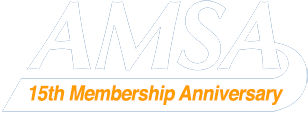Corporate Relocation Guide
The Move Process
Relocating an office is a big task for everyone at the company. The speed, cost and efficiency of the move ultimately depends on how prepared and organized the company is on move day. All the preparation and planning will come together during the move process. The “count down to moving day” later in this section will begin to give you a good idea about the various tasks that will need to be undertaken to make the office move successful. The majority of corporate relocations take place within a relatively short distance. The theory is that unless a company is expanding into new markets or downsizing, the company will stay in the market in which they have established themselves. Above all, try to have some fun during the process. Moving is a highly stressful time for everyone involved and advanced planning of relaxing or fun activities will help relieve some of the anxiety involved with the move. Consider the move a great adventure.
This relocation guide is designed to prepare you for the most cost efficient move for your company.
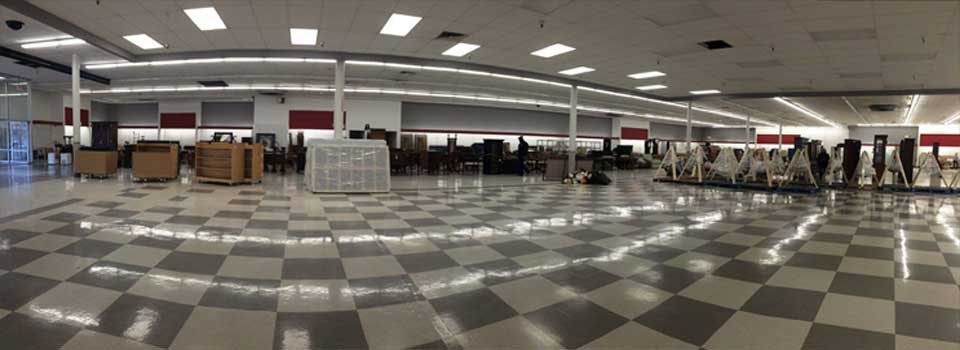
Move Team
Just like your company is a team working hard everyday, it is important to assemble yourselves into a move team to achieve a successful relocation. There are three (3) main sections of the move team. The Move Project Manager is the overall person in charge, the Move Area Coordinators are the second part of the team, and the third is the rest of the employees. Define the structure of your move team that best fits your company’s needs. Every department and area must be assigned to a Move Coordinator to ensure it is properly handled for the move.
Move Project Manager
You have been appointed the task of managing the upcoming move for your office. During the months and weeks to come, you will find yourself involved in many of the day-to-day tasks involved in successfully planning any relocation. While you will have the ultimate responsibility for the success of the move, you cannot do it without the cooperation of your Move Coordinators and they in turn will have an impossible task if they do not have the cooperation of the employees that are assigned to them. The Move Coordinators should be your seconds in command, each with a specific area of responsibility. Those areas can be broken down by department, building, function or location; the how is up to you and what will make the most sense in your company. You will also need, very early in the process, to have each supervisor or department head understand the moving process and which Move Coordinators are assigned to employees that they oversee. A detailed email to each employer describing the move project timing plan and responsibilities may work best to keep everyone informed.
As the Move Project Manager, you have three (3) major parts to complete. The following are the duties of the Move Project Manager:
Move Area Coordinator
The Move Project Manager for your company’s upcoming relocation has appointed you as Move Area Coordinator. While your tasks will vary based on your area of responsibility, your ultimate goal is to ensure that each individual in your area is ready for the move and that they understand what his or her role is in the move and then is able to execute the preparation in the required time to complete a smooth move. In addition to preparing your area for the move, you will also be your section’s representative during the planning stage. It will be important that you understand all aspects of your area’s relocation. If there are machines that will need special servicing, extremely busy times, or conversely very slow times in your section, you will need to bring this to the attention of the Move Manager, so that these special needs can be addressed and accommodated early in the process, rather than causing problems or delays during the move.
You will have three (3) major areas of responsibility.
Employees
While each move is unique, having all employees participate in the move is critical to the overall success of the move. Depending on the amount of packing that the moving company will do, there are several things that individual employees can do to expedite the process and in turn reduce the cost. Employees should plan to move all personal items from their work areas on their own. This should include all artwork, personal files and books, knick-knacks, small pictures and equipment. As part of the move budget, the company may want to include several boxes per employee for their personal items. The employee should pack personal items and remove them from the office several days prior to the actual move dates. This will allow the last packing and preparation to be company materials only. You may also want to consider as part of your overall move plan that employees rather than movers pack the common areas, storage areas and central file systems. This can be a significant savings on the cost of the move, but you should consider the time demands on employees before taking this route. One advantage is the people who commonly work in these areas are familiar with the set up and will be aware in the new facility of how the area should be set up.
House Cleaning Campaign
Two weeks before the move your company will host a clean up and throw out campaign. This gives employees the opportunity to get rid of anything they do not want or need anymore. There are four (4) parts to the campaign:
Schedule Development
Good pre-planning results in lower final move costs. The pre-move stage of the move will be the longest and most detailed portion. First, you need to gather information about your facility and the facility you are moving into.
Pre-move Inventories – You will need three (3) sets of inventories.
Pre-move Walk Through –The walk through of both the origin and destination facilities are extremely important for the moving company prospective and ultimately your prospective. You should be prepared to present the mover at the time of the walk through with the three (3) inventories that you prepared, along with a summary of workstations and square feet of your facility, any loading or delivery restrictions, and your ideal time for the move.
Evaluating Moving Proposals & Cost Evaluation
There are as many ways to evaluate moving company proposals as there are moving companies. One of the most common mistakes is to evaluate a proposal solely on cost. Some movers will lack experience in moving offices and will tend to under estimate the manpower necessary to complete a good sized office move. Additionally, friends, family members and senior staff members may try to influence the choice of moving companies. You should treat contracting with a moving company much as you would any other major purchase. It is generally recommended that you acquire a minimum of three (3) estimates and a maximum of five (5) estimates. You should require that all companies provide you a list of office moves similar to yours that they have completed in the last twelve (12) months along with the company name, principle contact and either phone or email information. You will need to allow time to follow up with each reference.You can also check with reliable sources such as the Better Business Bureau, Angie’s List, etc. about the companies you are considering. When looking at a company on the BBB, don’t just look at the overall rating, read the details on the company’s complaints. If the move is interstate in nature, you can also check with the Federal Motor Carrier and Safety Administration to verify that the carrier has interstate operating authority. Changing Spaces can be found on all three of these sources. Since the price of the move is a major consideration, it is a good idea to work through each of the estimates that are provided and break out the major cost components before beginning your final evaluation and company selection. Make the comparisons apples to apples plus service quality.
Count Down to Move Day
– Getting the Job Done –
(This is a guideline only, depending on the size and complexity of the move, this may vary.)
Three to Six Months Prior to Move Day
Eight to Twelve Weeks Prior to Move Day
Six Weeks Prior to Move Day
Four Weeks Prior to Move Day
Three Weeks Prior to Move Day
Two Weeks Prior to Move Day
One Week Prior to Move Day
Three Days Before Move Day
Two Days Before Move Day
The Day Before Move Day
Move Day
This is what you have been planning for, working towards and in some cases fearing. If you have done your job, worked with your moving company and planned, you and your team will just be orchestra leaders for the symphony ball that is the move. Throughout the day you will need to keep the lines of communication open between your team members and the moving supervisors.
Packing
This list describes how to pack items in your office and should be given specific consideration.
Desk: Remove all items inside drawers and pack in Changing Spaces Moving, Inc (CSMI) totes or (small 1.5 cu. ft.) boxes. Lock drawers (if possible) and take keys yourself. If drawers do not lock, you can tape keys in a top drawer of the desk or carry yourself.
Bookcase: Remove all contents and pack in CSMI totes or boxes.
Credenzas: Remove all contents and pack in CSMI totes or boxes.
Vertical File Cabinet: DO NOT empty vertical file cabinets. Empty or partially empty drawers should be packed full with packing paper to prevent files from moving around. Lock cabinets if possible and push lock all the way in. Locks without keys should be taped to prevent locking and label, do not lock.
Lateral File Cabinet: All contents must be removed and packed into CSMI totes or boxes. Lock file cabinet if possible and remove key.
CSMI Totes: Fill tote completely but not over the top. Close tote by interlocking the two flaps. Open top boxes do not stack in the moving truck and should not be filled too full. Numbered, plastic tote lock seals are available when security is desired.
Computers, Individual Printers, Scanners: DO NOT PACK THESE ITEMS. Remove all mouse, keyboard and power cords and put in a room numbered, labeled plastic computer bag and leave on desk. All attached cords should be unplugged and coiled.
Framed Pictures, Whiteboards, and Bulletin Boards: All hanging items should be removed from the walls and organized with CSMI labels along with any flat items such as desk mats. CSMI is not responsible for removing and hanging wall items.
Supply (Storage) Cabinets: Remove all items completely and pack into CSMI totes or boxes. Lock the cabinet if possible.
Liquids: All liquids such as cleaning supplies, ink, drinks, etc. should be packed in boxes only and carried by the company. CSMI is not responsible for the transportation of any type of liquid.
Drafting Table: Remove all current papers and pack in CSMI totes or boxes. To secure dust cover, unroll cover over the drawing surface and tape to the front edge of the board. Pencil sharpeners or other attachments should be removed from the tables.
Easel Flip Chart: Fold the legs in and tape bottom of pad of paper to easel. Pack pencil tray in CSMI totes or boxes
In Overall Preparation for the Move: All items should be broken down or folded up, removed from walls, and be ready to grab and go.
Labeling, Tagging & Floor Plan
Proper labeling, pre-planning, and organization are the driving force towards a successful office move. The precious time spent in the early stages of your move on labeling and pre-planning will eventually determine the speed and cost of the move. Employee labeling teams can work with their assigned Move Area Coordinator to ensure correct moving procedures and proper placement of all items. Making sure everyone does their part will result in a smooth transition to the new office.
Labels


Place labels here on these kinds of items.
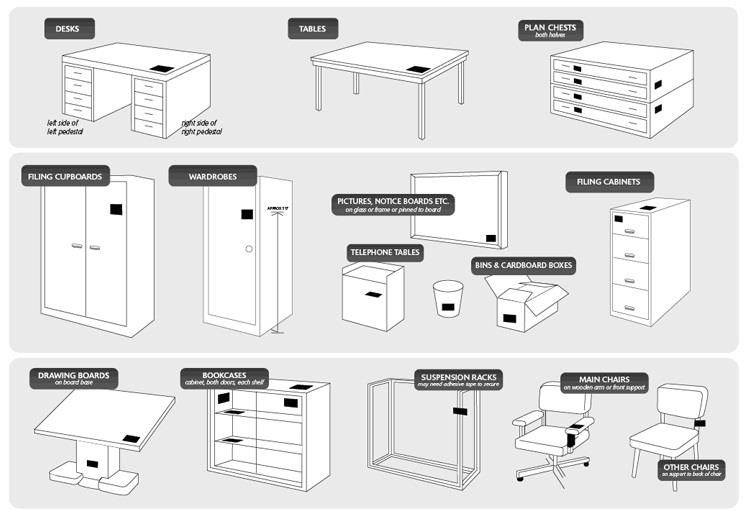
Floor plan of the new office – Post this on the entrance doorway of the new building and on each floor by elevator (if applicable) for the movers to easily identify where to go. Numbers may vary (e.g., floor 1=101,102,103, etc.;floor 2=201,202, etc.). 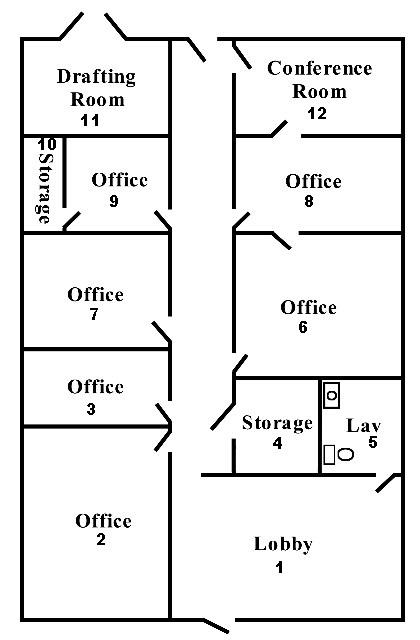
Single office sketch- These should be placed outside of each office on the doorframe labeled with correct room number. These can easily be drawn by each employee to show what all goes inside their office.

Tips for Success
Frequently Asked Questions Should a mover be licensed?
Honestly, it would be more accurate to say the moving company must be CERTIFIED. All movers are required by state law to possess operating authority. In addition to Changing Spaces Moving, Inc. being licensed, insured and bonded, CSMI carries worker’s compensation on our crews. Changing Spaces Moving, Inc. is also a member of the Better Business Bureau (BBB), the Federal Motor Carrier and Safety Administration (CSMI abides by all rules and regulations of the FMCSA) and the American Moving and Storage Association (AMSA). Our Department of Transportation (DOT) number is 1164434, Alabama Public Service Commission (APSC) number is C3822 and Federal Motor Carrier (MC) number is 468173.
When should I call for an estimate?
Call TODAY. It is never too early to begin planning your move. Some customers may require a “dollar sign amount” for planning purposes and Changing Spaces Moving, Inc. can provide this type of information. Many large moves require several months of detailed planning. It is advised that you consult your mover at the same time you consult with your space planner, furniture dealer, computer consultant, etc. Local moving ordinances, or the policies of the rental agents, may dictate moving within certain hours. The mover will prepare his estimate of probable costs based upon factors surrounding the move. The estimate will include materials, equipment and labor costs.
What can I expect from a commercial moving specialist?
An experienced commercial moving company must be able to provide the customer with information and suggestions for the pre-planning and execution of the entire relocation process. Changing Spaces Moving, Inc. is capable of executing any office move task you may have. CSMI is dedicated to deliver the most cost efficient and easy office move you will ever have.
What forms of payment do you accept and on what terms?
Changing Spaces Moving, Inc. accepts many types of payments including cash, company checks, certified checks, and credit cards. Certified checks are required on long distance moves and there is a 3% additional charge for the convenience of using a credit card.
What is a tariff?
This is the publication that contains the “price list” of the materials and services of the movers. It must include the material and labor rates for the services offered by the mover; however, local moving rates are not controlled. The Alabama Public Service Commission (APSC) tariff rates apply on moves within the state, but outside of a thirty mile radius of Birmingham.
How am I protected against loss and damage?
The legal liability of the carrier required by law is $0.60 per pound per article. This coverage is often inadequate for the protection deemed necessary. Coverage of your furnishings and equipment while being packed, transported and unpacked can be addressed through your mover Additional Valuation Coverage is available through Changing Spaces Moving, Inc. at other costs and deductibles.
Properties and building managements involved in your relocation may require the mover to provide a “Certificate of Insurance”. This coverage is for property damage, personal injury and public liability as it relates to the buildings and their owners.



